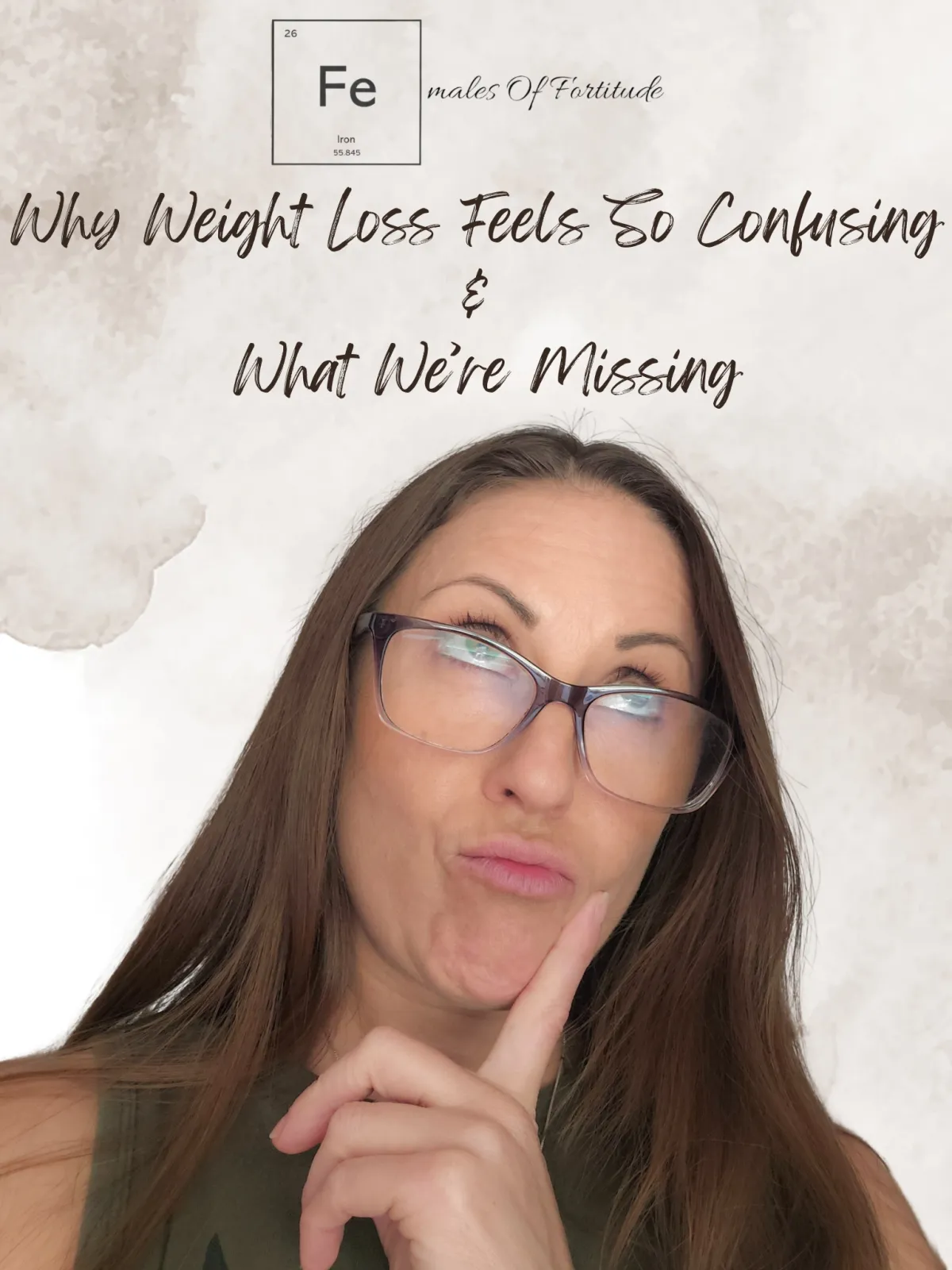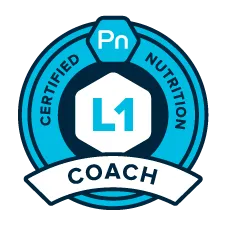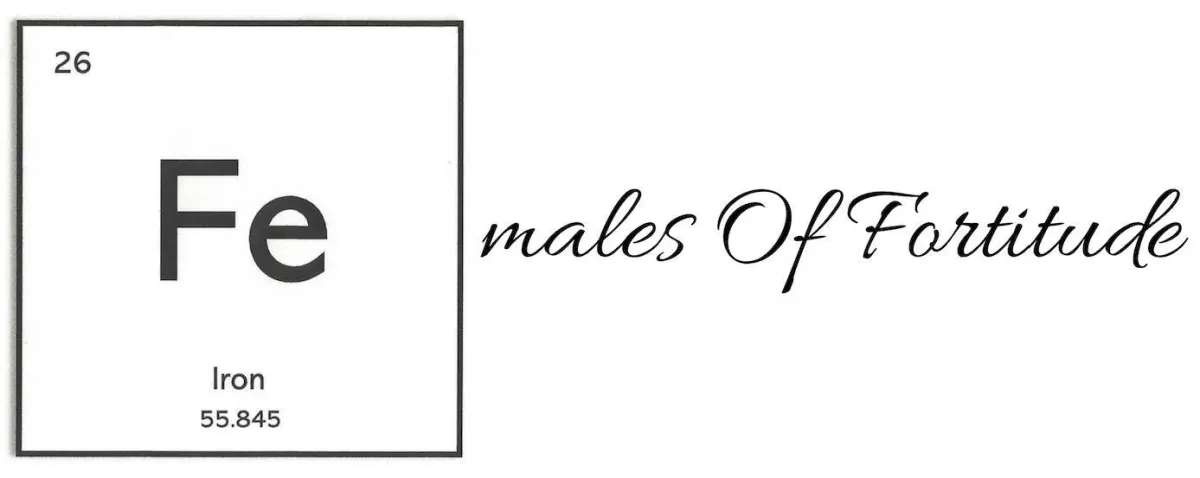FREE Food and mood journal-Get it today!
LEARN WITH
Females Of Fortitude
Welcome to my blog, your go-to resource for healthy recipes, inspiration, tips, and everything you need to support your wellness journey. From meal ideas to motivation, you’ll find all the tools to help you feel confident, strong, and balanced every day.
Join Our Mailing List!

Why Weight Loss Feels So Confusing—and What We’re Missing

Most People Were Never Taught How Nutrition Works
I think I take it for granted sometimes—just assuming people understand calories, macronutrients, and how they work in the body. But the truth is, most people were never taught that stuff. Not in school. Not at home. So if their parents didn’t know, how would they?
The Advice We Give Sounds Simple—But It Isn’t
In the nutrition world, we throw around advice like “eat fewer calories” or “track your macros,” as if it’s common knowledge. But it’s not. Tracking macros is actually a pretty advanced weight loss strategy, especially if you don’t even know what macronutrients are or how they show up in your everyday meals.
The 4,000-Calorie Surprise!
I saw a video recently of a woman who was frustrated about not losing weight, even though she was consistently going to the gym. She started tracking her food and realized she was eating around 4,000 calories a day. Most of it came from fast food and high-fat, calorie-dense meals—and she genuinely had no idea. That hit me hard. I thought, “Of course she’s not losing weight.” But then it clicked. She truly didn’t know.

It’s Not Their Fault—It’s the Gap in Education
When you live and breathe nutrition, it’s easy to forget what it’s like not to know these things. Most people don’t realize fat has more than double the calories of protein or carbs. They don’t know that a restaurant meal that looks “normal” could easily pack in 1,200 calories. It’s not that people are lazy or careless—they just haven’t been taught.
The Truth About Real Weight Loss Results
I get it. People want to lose weight, but they don’t want a nutrition lecture. They want real results, not a science lesson. But here’s the thing: results come from understanding. It’s not about having more willpower. It’s about knowing what you're putting in your mouth and why it’s affecting your body the way it is. For example, realizing your sweet tea could easily be 300 to 500 calories—and you’re sipping on it all day like water.
Why Tracking Macros Doesn’t Work for Everyone
When I first started nutrition coaching, I focused on macro tracking. I gave people their protein, fat, and carb goals and sent them off with an app like MyFitnessPal. And they struggled. I couldn’t figure out why. For me, it was second nature. But for them? It was confusing and overwhelming.
If You Don’t Know What Food Is, How Can You Track It?
Because if you don’t even know that chicken is a protein or that potatoes are carbs, how are you supposed to track anything? They’d try to log their meals, get frustrated with the labels, portion sizes, and conversions, and end up feeling like failures. That’s when I realized the method wasn’t working for them.

How Meal Plans Simplify the Process
That’s when I started shifting to custom meal plans.
I still calculate the macros behind the scenes, but now my clients don’t have to worry about it. They just follow the plan, cook the food, and eat. And little by little, they learn. They start to recognize what a balanced plate looks like. They figure out how to substitute meals when life gets hectic or they’re stuck grabbing something on the go. They build confidence—and they get results.
Not All “Healthy” Foods Are Low-Calorie
Let’s talk about one of the most common things people do when they decide to “eat healthy.” What’s the first food that comes to mind?
A salad.
And hey, salads can be great. But when you drown them in ranch or Caesar dressing, pile on cheese and croutons, and don’t measure any of it, that “healthy meal” can easily become 700 to 900 calories with almost no protein. It’s no longer helping your weight loss goals—but people don’t realize it.
“I Eat Pretty Healthy” Isn’t Always the Truth
When a new client signs up with me, I ask them to fill out a food log. I want every single thing they put in their body from the coffee in the morning to the beer at night. I ask for complete honesty. And almost every time, they tell me, “I eat pretty healthy.” But then I hear about their daily Starbucks run where they grab a Frappuccino with whipped cream (600+ calories) and a muffin or breakfast sandwich (another 400+). That’s a thousand calories before 9 AM—and not a single gram of protein.
Understanding Calories Is Key to Long-Term Success
This isn’t about cutting out all the fun things. It’s about understanding what those things cost nutritionally and calorically. It’s about learning to make informed choices—because that’s the foundation of sustainable weight loss.
Yes, You Can Eat Fast Food and Lose Weight
Yes, you can eat fast food and still lose weight. But here’s what you need to understand: fast food is extremely calorie-dense. That 1,000-calorie McDonald’s meal? You could cook something twice the size at home with the same calories and way more nutrients.
Why Whole Foods Feel Like “Too Much” at First
When my clients switch to eating meals from their custom plans, they almost always say the same thing: “This is too much food. I can’t eat all this.” And I smile, because what they’re actually eating is half the calories they were consuming before. They just weren’t aware of how dense and deceptive processed food can be.
The Portion Illusion That Leads to Undereating
Processed food is sneaky. It’s small, it’s tasty, and it’s packed with sugar, salt, and fat, which makes it extremely calorie-dense. People get used to seeing smaller portions that are actually high in calories. So when they switch to whole, nutrient-dense foods, they try to eat the same visual portions—but those meals are much lower in calories. Even though it looks like they’re eating “enough,” they’re actually under-eating. That’s why they feel like they’re starving—because they kind of are.
The Real Reason You Feel Stuck in the Diet Cycle
Their body panics, their energy tanks, and they fall back into the same restrict-then-binge cycle that keeps them stuck.
They bounce between extremes—starving and then overeating—thinking they’re the problem. But they’re not.
You’re Not the Problem—The System Is
The problem is the lack of education. The unrealistic expectations. The belief that “eating healthy” means eating less. That’s not how it works.
Here’s What Actually Works
Sustainable weight loss doesn’t come from crash dieting or cutting out entire food groups. It comes from learning the basics of nutrition, finding balance, and fueling your body in a way that fits your real life.
And that’s exactly what I help my clients do.
Ready to Stop Guessing and Finally See Real Weight Loss Results?
If you're tired of starting over, feeling confused about calories and macros, or constantly wondering why you're not losing weight—it's time for a new approach.
I help women ditch the diet cycle and learn how to fuel their bodies with simple, effective nutrition strategies that actually work. No more extreme calorie cuts. No more frustration. Just real education, real support, and real progress.
✅ Personalized meal plans based on your goals
✅ Coaching that teaches you how to eat for your body
✅ Support without restriction or overwhelm

Click below to book your free consultation.
👉 Book Your Free Nutrition Strategy Call
Let’s make this the last time you start over,
Caitlyn Schuft

Owner, Females Of Fortitude

Copyright © 2025 - Females Of Fortitude

